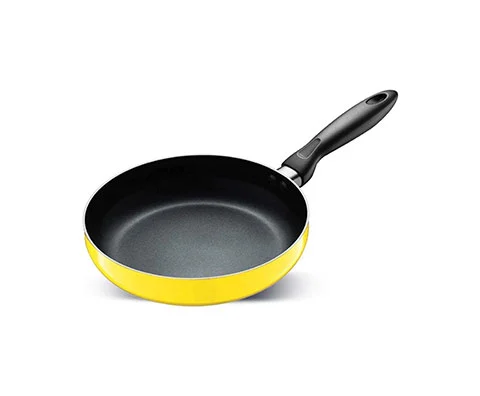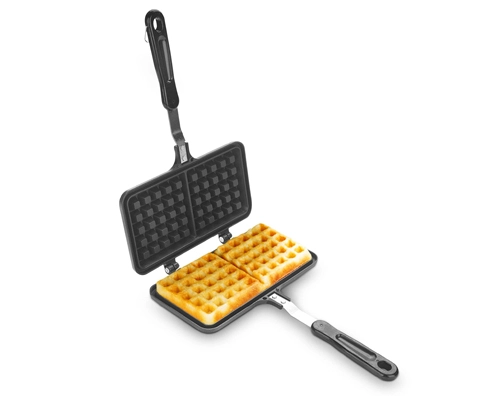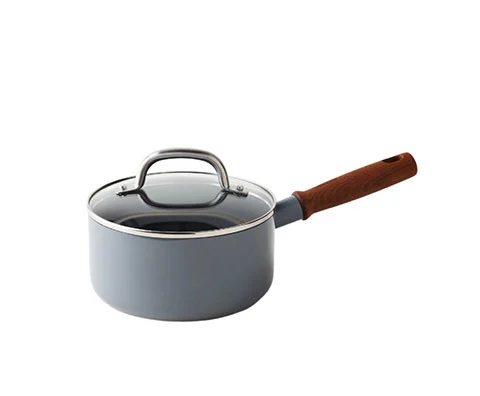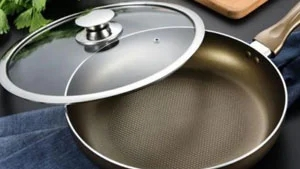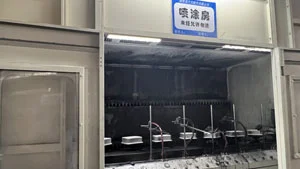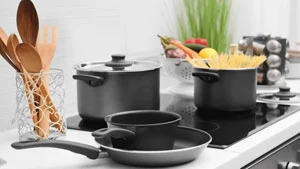The aluminum die casting process includes the following steps:
1. The first step in the process is to melt the aluminum into a liquid state. This can be done using a furnace or an electric melting system.
2. After the aluminum is melted, pour it into the die-casting machine. The machine is designed to apply high pressure to molten metal to force it into the shape of a mold.
3. The mold itself usually consists of two parts that fit closely together. When molten aluminum is poured into the mold, the two parts join together to form a solid metal part. A mold or tool is created to form the desired shape and dimension of the finished product. The mold consists of two parts, the stationary half and moving half, which come together to form a cavity into which the molten metal will be injected.
4. The next step is to remove the component from the mold. This is usually done using a mechanical ejector system. Once the component comes out of the mold, any excess material or flash is removed.
5. Finally, check the quality of the component and complete any necessary finishing work, such as polishing or painting. Throughout the die-casting process, quality control measures are taken to ensure that the finished parts meet the required specifications. These can include inspection of the raw materials, monitoring of the injection pressure and temperature, and testing of the finished parts' strength and durability.
Overall, the aluminum die casting process is an efficient and precise method of producing high-quality metal components. Alloy die-casting is used to create a wide range of products, from automotive parts and electronics to household appliances and decorative items. It is a highly efficient method of metal production that creates parts with high accuracy and dimensional consistency.
 English
English 中文
中文 日本語
日本語 한국어
한국어 français
français Deutsch
Deutsch italiano
italiano Suomi
Suomi dansk
dansk Svenska
Svenska
